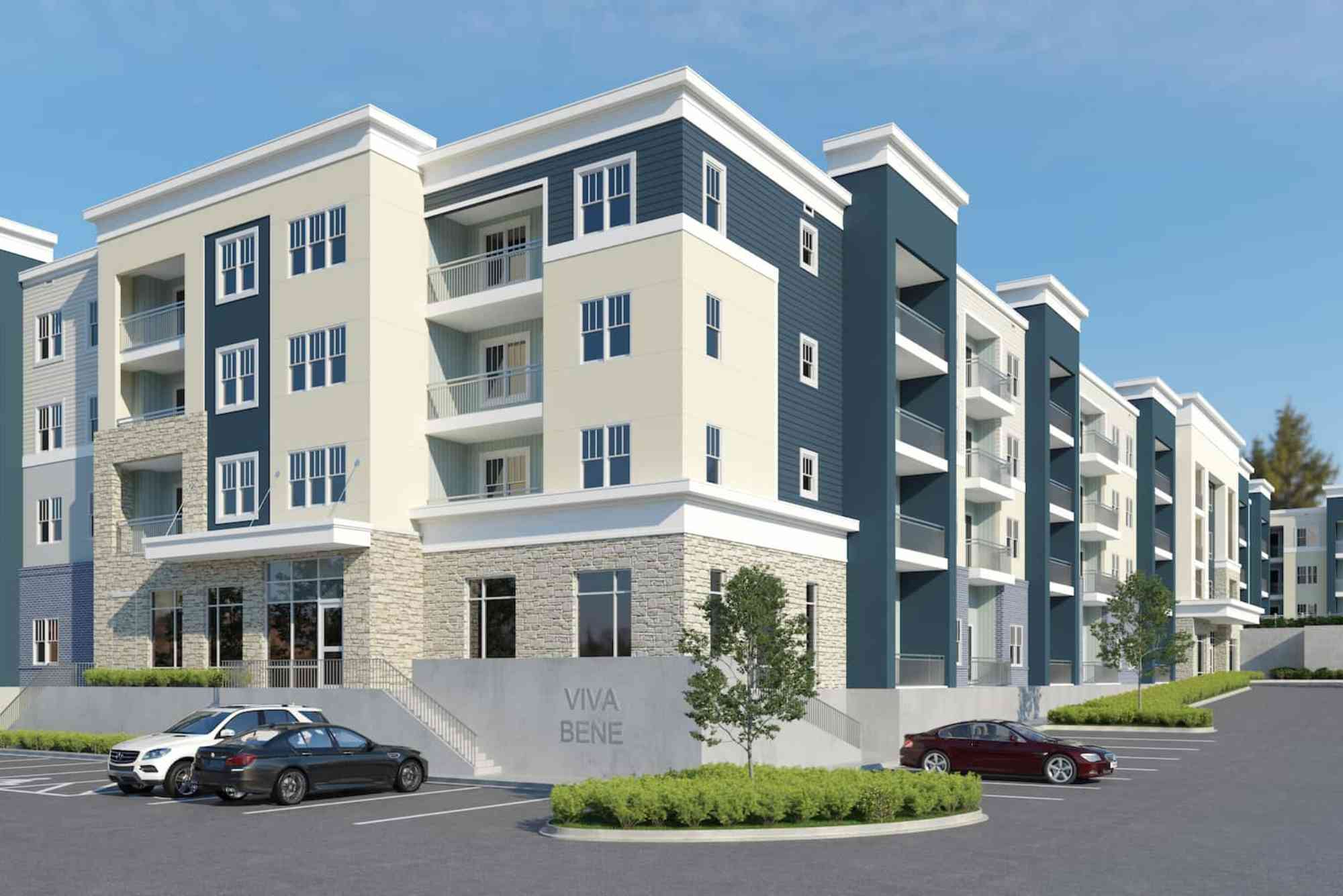Best Adult Apartment Communities for Independent Living
Finding the perfect place to call home is one of the most important decisions adults make as they transition into new stages of life. For many, traditional apartments or retirement homes may not offer the ideal balance of comfort, independence, and community. This is where adult apartment communities come in—a specialized living arrangement designed for those seeking a vibrant, maintenance-free lifestyle with like-minded neighbors.
In this guide, we’ll explore what makes adult apartment communities the top choice for independent living, what to look for when choosing one, and highlight features that truly elevate these communities above standard housing options. Whether you’re downsizing, retiring, or just craving a fresh start in a supportive environment, this article will help you navigate your next move with confidence.
Understanding Adult Apartment Communities
Adult apartment communities are residential developments tailored specifically for adults—usually aged 55 and up—who wish to maintain independence but enjoy shared amenities, peace of mind, and social connection. These communities differ significantly from assisted living or nursing homes. Here, residents live independently, often in upscale apartments or condos, with no medical supervision unless arranged separately.
The biggest appeal is lifestyle: organized social events, resort-style amenities, fitness centers, pet-friendly spaces, and walkable access to shops or healthcare. Residents value the ability to lead active, low-maintenance lives while surrounded by peers in the same life phase.
Key Benefits of Adult Apartment Communities
Enhanced Independence with Modern Comfort
Independent living is the cornerstone of adult apartment communities. Most units are designed with senior-friendly layouts—wider doorways, minimal steps, and open floor plans—without sacrificing style or convenience. You’ll typically find high-end finishes, full kitchens, in-unit laundry, and private outdoor spaces like balconies or patios.
Community and Social Engagement
One of the most valuable aspects of adult apartment communities is the built-in social network. Whether it’s morning yoga in the clubhouse, bingo nights, or book clubs, these activities help build friendships and fight loneliness—something often overlooked in traditional apartments or suburban neighborhoods.
Hassle-Free Maintenance
Forget mowing lawns or dealing with plumbing emergencies. These communities provide full-time maintenance staff and often include utilities, landscaping, and even concierge services in your rent or HOA fees. That’s more time for you to travel, relax, or pursue hobbies.
Safety and Accessibility
Security and accessibility are top priorities. Gated entries, on-site staff, elevators, emergency call systems, and accessible design features offer residents peace of mind. This is particularly important for older adults or those with mobility challenges who still want to live without assistance.
What to Look for in the Best Adult Apartment Communities
When choosing the right adult apartment community, consider both lifestyle fit and practical needs.
Location and Walkability
Proximity to healthcare, shopping, parks, and family is crucial. Many of the best communities are located near downtown districts or suburban hubs with access to public transportation. Some are even integrated into larger multi-use developments.
On-Site Amenities
The best communities offer a wide array of amenities that align with an active lifestyle. Look for:
- Fitness centers with age-friendly equipment
- Pools and spas
- Walking trails and community gardens
- Hobby rooms or maker spaces
- Theaters and lounges
- Guest suites for visiting family
The more amenities available, the more opportunities you’ll have to stay active and involved.
Flexible Leasing and Ownership Options
Not every adult apartment community requires a long-term commitment. Some offer rental units while others are structured like condominiums or cooperatives. Choose based on your financial comfort and lifestyle preferences. Renting offers flexibility, while buying can be a good investment in stable communities.
Pet Policies and Outdoor Spaces
For pet lovers, a community that welcomes animals and offers walking paths or dog parks can be a game changer. Outdoor spaces are also ideal for socializing or enjoying fresh air without leaving the property.
Common Misconceptions About Adult Apartment Communities
Many people assume that adult apartment communities are the same as retirement homes or assisted living centers. But that’s not the case. These communities do not include medical care by default, and residents are typically independent, active adults.
Another misconception is that such communities are dull or overly quiet. In reality, many are buzzing with activities, classes, day trips, and events—designed to keep residents engaged and fulfilled.
Real-Life Experiences from Residents
Residents often describe moving to an adult apartment community as “liberating” or “the best decision they ever made.” The blend of independence with the right level of convenience creates an ideal living situation.
Jane, a 62-year-old retiree, shares, “I didn’t want to deal with home repairs or living far from people my age. Now, I have a fitness class in the morning, game nights every week, and travel freely without worrying about my house.”
Who Are Adult Apartment Communities Best For?
These communities cater to a broad group of individuals, including:
- Recently retired individuals looking for downsized living
- Divorced or widowed adults seeking companionship and community
- Active older adults who don’t want the hassle of maintaining a house
- Snowbirds or part-time residents who need a secure, low-maintenance home
No matter your background, if you value independence and enjoy social opportunities, an adult apartment community can be a rewarding next chapter.
How Much Do Adult Apartment Communities Cost?
Costs vary depending on location, amenities, and whether the units are rented or owned. Here’s a rough breakdown:
- Rental apartments: $1,200–$3,500/month depending on the region and level of luxury
- Owned condos/townhomes: $150,000–$500,000+
- HOA or service fees: $100–$600/month for community maintenance and amenities
Keep in mind, the all-inclusive nature (utilities, fitness, security, events) means you may spend less on other bills and memberships.
Tips for Making the Transition to an Adult Apartment Community
- Tour multiple communities: Visit at different times to get a feel for the lifestyle and social atmosphere.
- Talk to current residents: They’ll give honest insight about management, noise levels, and community culture.
- Review the lease or HOA documents carefully: Understand what’s included and any restrictions (especially pets, guests, or remodeling).
- Start downsizing early: Moving to a smaller space means curating your belongings to what you truly need and love.
Frequently Asked Questions
What is an adult apartment community?
An adult apartment community is a residential complex for adults—typically 55+—offering independent living with shared amenities and services.
Are adult apartment communities the same as assisted living?
No. Assisted living includes help with daily activities and medical care. Adult apartment communities are for self-sufficient adults.
Do I need to be retired to live in an adult apartment community?
Not necessarily. Many residents are semi-retired or still working part-time. Age (usually 55+) is the main requirement, not employment status.
Can couples live in these communities?
Yes. Couples—married or not—are welcome, as long as one partner meets the age requirement.
Are pets allowed?
Many adult apartment communities are pet-friendly. Rules about size, breed, and number of pets vary, so check in advance.
Is it possible to rent instead of buy?
Absolutely. Most communities offer both rental and ownership models to fit different financial needs and preferences.





